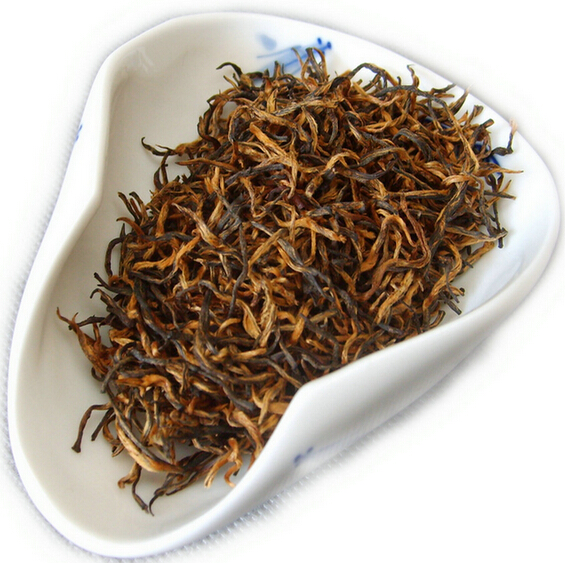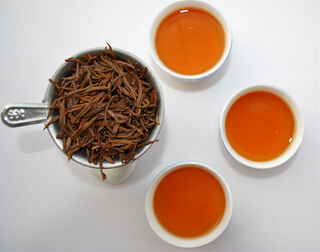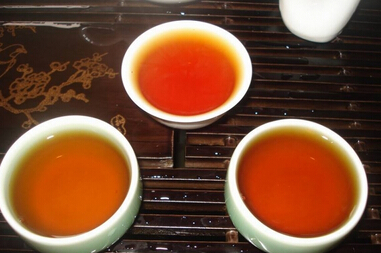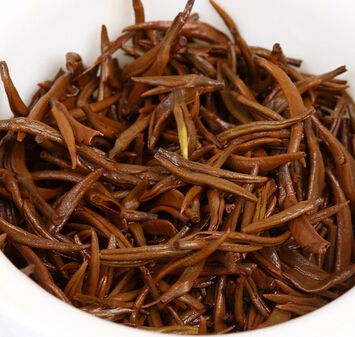How to distinguish between real and fake Jin Jun Mei tea? Jin Jun Mei is a high-end improved red tea made from rare wild tea buds using a unique processing technique. Its scarcity and organic ecological quality are the real reasons for its high price. "Although the Jin Jun Mei market is currently booming, it is also filled with mixed-quality products. As consumers, it is important to learn how to identify and rationally evaluate genuine or imitation Jin Jun Mei.

Steps/Methods
1. Observe the Appearance:
Authentic Jin Jun Mei has tightly rolled, uniform strands, with each tea bud predominantly black and slightly golden, with few fine hairs. Imitations often have entirely golden strands with many fine hairs or a mix of completely black and golden strands, indicating a blend of teas from different regions and varieties.

2. Brewing Method:
Boiling water can be used to brew Jin Jun Mei to easily distinguish between real and fake. Genuine Jin Jun Mei, grown at high altitudes with a slow growth cycle, can withstand high temperatures and multiple infusions (over 12 brews) while maintaining stable quality, color, and aroma. Imitations lose their aroma and thickness after just a few brews.

3. Observe the Soup Color:
Authentic Jin Jun Mei brewed with boiling water produces a golden, translucent, and clear soup. Imitations yield a reddish and murky soup, similar to ordinary Zheng Shan Xiao Zhong, with unstable color changes.

4. Smell the Aroma:
Genuine Jin Jun Mei has a natural blend of floral, fruity, and honey-like aromas that linger. Imitations often have a plain sweet potato or roasted aroma, and any honey-like scent disappears after a few brews, likely due to additives.

5. Evaluate the Tea Residue: The residue should be a bright, lively bronze color; reddish-brown is inferior.

Characteristics of Jin Jun Mei
Shape: Few fine hairs, tightly rolled, slender, elegant, and dense;
Color: A mix of gold, yellow, and black, lustrous;
Aroma: Complex floral, fruity, honey-like, with a distinct high-mountain charm;
Taste: Mellow, sweet, smooth, with a lasting high-mountain aftertaste;
Soup Color: Golden, rich, clear, with a golden ring;
Tea Residue: Needle-like, even, elegant, with a bronze color.